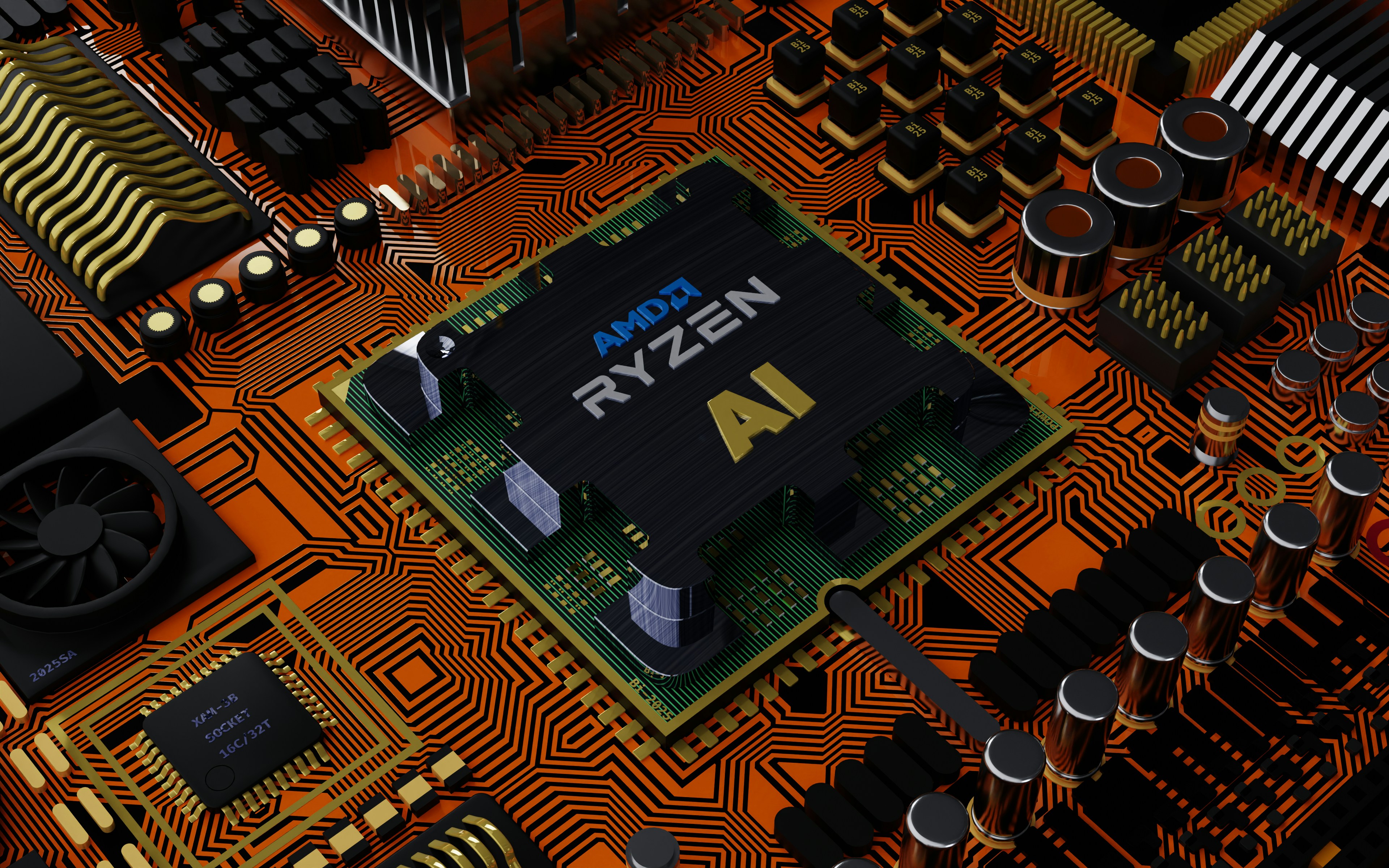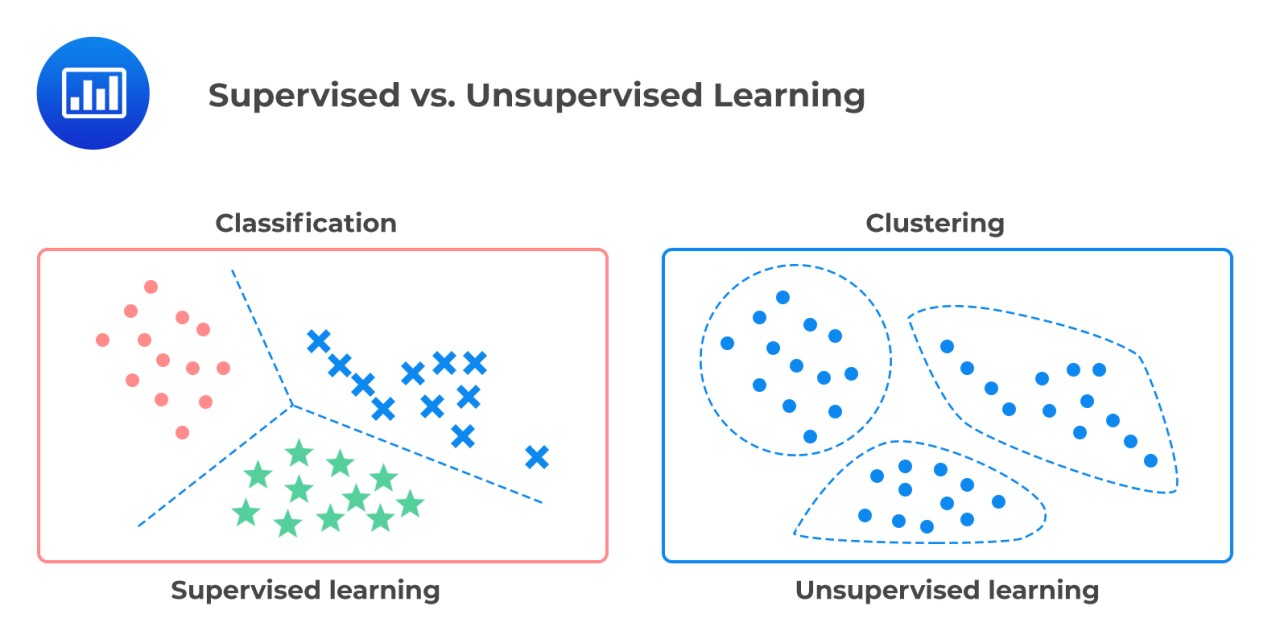Deep Learning vs Machine Learning
Aug 13, 2024

What is Machine Learning?
Machine learning is a subfield of artificial intelligence that focuses on developing algorithms and statistical models that enable computers to learn and make predictions or decisions without being explicitly programmed. It involves training algorithms on large datasets to identify patterns and relationships, and then using these patterns to make predictions or decisions about new data. Machine learning is further divided into categories based on the data used to train the model:

Supervised Learning- Training data is provided along with the correct labels or answers.Unsupervised Learning- The goal is to find patterns or groups in the dataset without any specific labels.
What is Deep Learning?
Deep learning is a subset of machine learning that uses artificial neural networks with multiple layers to analyze complex patterns and relationships in data. It is inspired by the structure and function of the human brain and has been successful in tasks like computer vision, natural language processing, and speech recognition.
Deep learning models are trained using large amounts of data and algorithms that can learn and improve over time, becoming more accurate as they process more data. This makes them well-suited for complex, real-world problems and enables them to learn and adapt to new situations.
Key Differences
The key differences between machine learning and deep learning are:
Machine learning uses algorithms to parse data, learn from it, and make informed decisions based on what it has learned. Deep learning structures algorithms in layers to create an "artificial neural network" that can learn and make intelligent decisions on its own.
Deep learning is a subset of machine learning. While both fall under artificial intelligence, deep learning is what powers the most human-like AI.
Machine learning uses structured data, while deep learning uses neural networks and can handle unstructured data like images, text, and sound.
Machine learning algorithms are detected by data analysts to examine specific variables in data sets. Deep learning algorithms are largely self-depicted on data analysis once they're put into production.
Training machine learning models can be done using a CPU. Deep learning requires a dedicated GPU for training due to the computational complexity.
Advantages of Machine Learning
Simplicity: Machine learning models are generally easier to implement and interpret.
Less Data Required: ML algorithms can perform well with smaller datasets, making them suitable for applications with limited data availability.
Faster Training: Training times are typically shorter compared to deep learning models.
Advantages of Deep Learning
High Accuracy: Deep learning models often achieve superior accuracy in tasks such as image and speech recognition.
Feature Learning: The ability to automatically learn features from raw data reduces the need for manual feature engineering.
Handling Unstructured Data: Deep learning excels at processing unstructured data, such as images, audio, and text.
Limitations of Machine Learning
Feature Engineering: Requires significant domain knowledge to select and engineer features effectively.
Performance on Complex Tasks: May struggle with tasks that involve high-dimensional data or complex patterns.
Limitations of Deep Learning
Data Hungry: Deep learning requires large datasets to perform well, which may not always be available.
Computationally Intensive: Training deep learning models can be resource-intensive, requiring specialized hardware.
Lack of Interpretability: The complexity of deep learning models can make it challenging to understand how decisions are made.
Applications of Machine Learning
Machine learning has a wide range of applications across various industries:
Finance: Fraud detection, credit scoring, and algorithmic trading.
Healthcare: Predictive analytics for patient outcomes, disease diagnosis, and personalized medicine.
Marketing: Customer segmentation, recommendation systems, and sentiment analysis.
Manufacturing: Predictive maintenance, quality control, and supply chain optimization.
Applications of Deep Learning
Deep learning has revolutionized several fields with its advanced capabilities:
Computer Vision: Image classification, object detection, and facial recognition.
Natural Language Processing (NLP): Language translation, sentiment analysis, and chatbots.
Speech Recognition: Voice assistants and transcription services.
Autonomous Vehicles: Perception systems that enable self-driving cars to navigate their environment.
The Future of Machine Learning and Deep Learning
As technology continues to advance, both machine learning and deep learning are expected to evolve significantly. Some trends to watch for include:
Explainable AI (XAI): As deep learning models become more prevalent, the need for interpretability and transparency will grow. Researchers are developing techniques to make AI decisions more understandable to users.
Federated Learning: This approach allows models to be trained across decentralized devices while keeping data localized, enhancing privacy and security.
Transfer Learning: This technique involves taking a pre-trained model and fine-tuning it for a specific task, reducing the amount of data and time required for training.
AI Ethics: As AI systems become more integrated into society, ethical considerations surrounding bias, fairness, and accountability will gain prominence.
Deep Learning Applications
Deep learning has found applications in almost every sector of business. Some key applications include:
Virtual Assistants like Alexa, Cortana, Siri, and Google Assistant use deep learning to understand natural language and provide better user experiences over time.
Chatbots use deep learning to communicate with customers, deliver automated responses, and solve problems.
Healthcare - Deep learning is used for medical imaging, disease detection, drug discovery, and diagnosis of diseases like cancer.
Entertainment - Companies like Netflix, Amazon, YouTube, and Spotify use deep learning for personalized recommendations based on user behavior and preferences.
Image Colorization - Deep learning models like Chroma GAN can take grayscale images as input and produce colorized outputs.
Robotics - Robots powered by deep learning can sense obstacles, plan paths, and perform human-like tasks in real-time.
Conclusion
While machine learning and deep learning are related fields under artificial intelligence, deep learning is a more advanced technique that uses artificial neural networks to tackle complex problems. Deep learning has enabled breakthroughs in areas like computer vision, natural language processing, and robotics.As the field continues to advance, we can expect to see even more impressive applications of deep learning in the years to come.